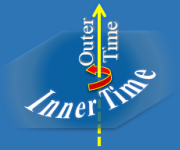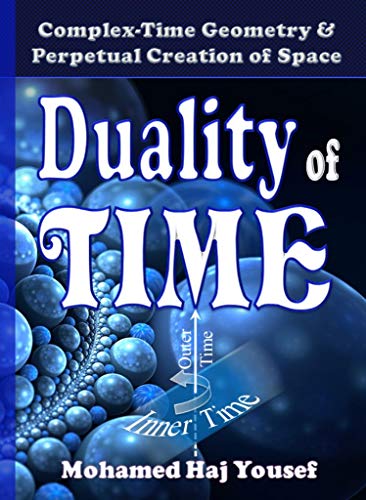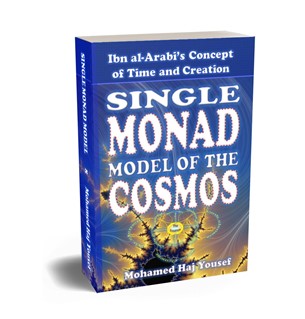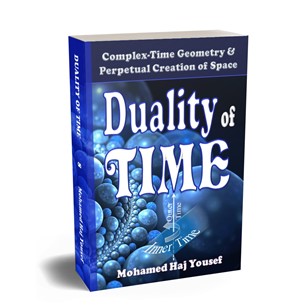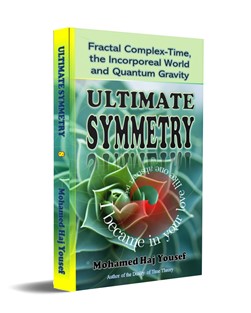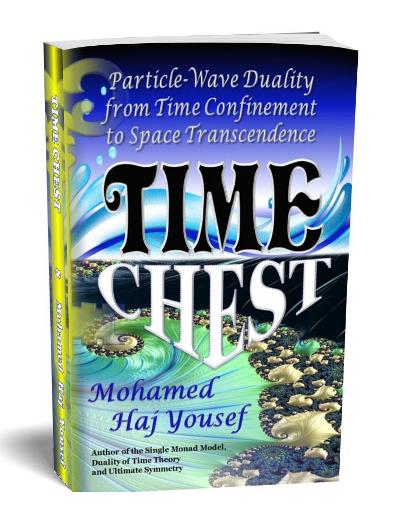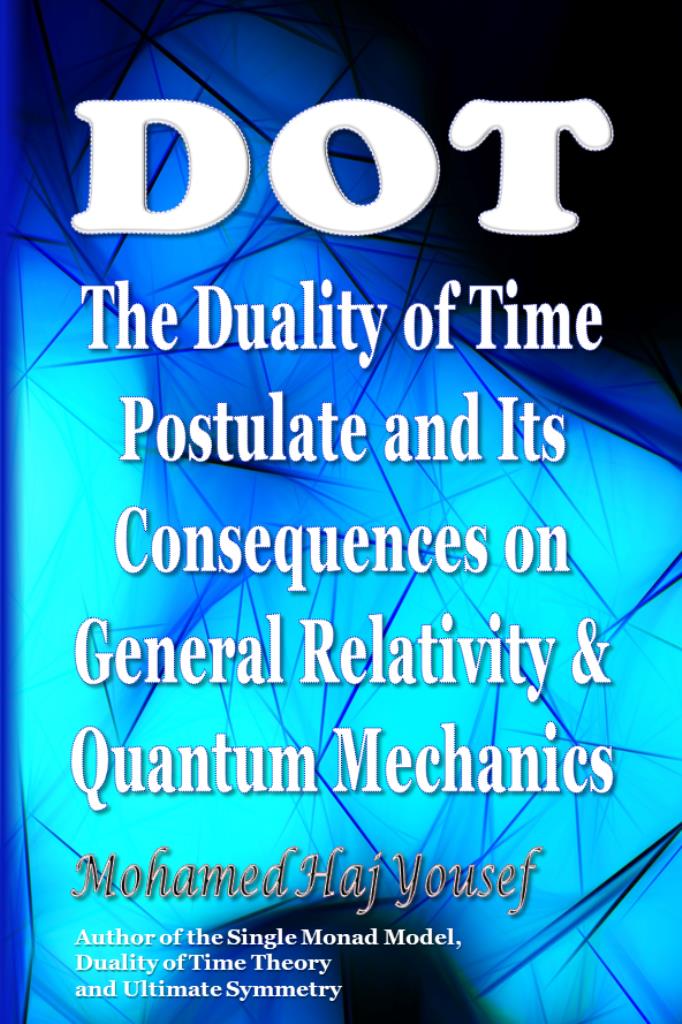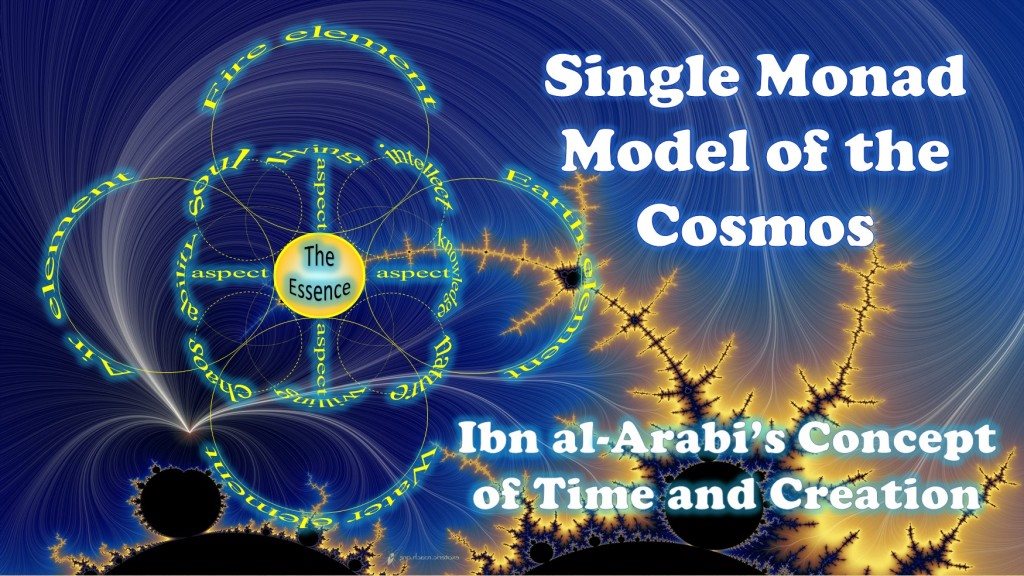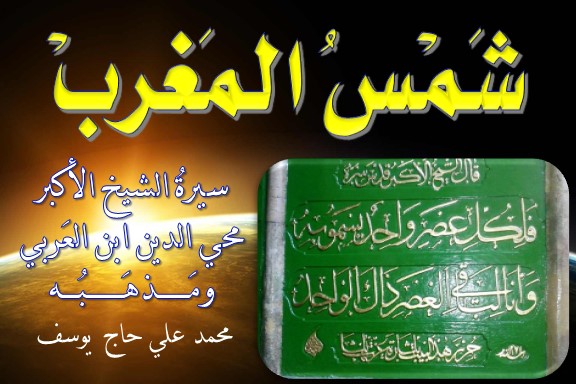2.7 Islamic Philosophy and Cosmology
In contrast to modern cosmology, which views the cosmos independently from God or the Creator, Islamic cosmology is theocentric, like the classical Christian and the Jewish. Based on Quran, the universe in Islam is everything other than God, and it is often referred to in plural form: the universes, which means that our universe is one of many universes that may include angels, jinns and other invisible or metaphysical creations. As defined by the Brethren of Purity (Ikhwan al-Safa), the cosmos is all the spiritual and material beings who populate the immensity of the heavens which constitute the reign of multiplicity that extends to the spheres, the stars, the elements, their products and to human.
In Quran, the universe, or the cosmos, is also identified as the creation that comes into existence through the divine creative command: “Be!” (kun), from which the Arabic name for the cosmos is derived: (kawn), which means the engendered existence (khalq), that is inseparable from the Islamic conception of God (Khaliq).
Additionally, many prominent Muslim philosophers developed various views that were partly inspired by the Hermetic, Pythagorean, and Aristotelian-Ptolemaic cosmologies, translated into Arabic from earlier Greek sources, in addition to the Persian and Indian cosmologies, that were all integrated into the Quranic cosmological perspective.
Jaafar al-Sadiq (700-765 AD) was one of the most distinguished Sufi saints with whom are connected many later schools of Islamic cosmology, in addition to his alchemical and other esoteric teachings. He had a great influence on Ikhwan al-Safa and many Sufi scholars.
Another school of Islamic cosmology was also developed by the more rational philosophers, such as Alkindus, Alpharabius and Averroes (mentioned above). This Muslim Peripatetic cosmology is based on a synthesis between Aristotelian philosophy as interpreted mainly by the Neoplatonists and the cosmological teachings of Islam. Alkindus argued for a closed and finite cosmos, and he believed in the doctrine of creation ex-nihilo, while Alpharabius and Averroes maintained the theory of Emanation to explain the existence of the world of multiplicity from the One. Averroes also rejected the eccentric deferents introduced by Ptolemy, and he argued for a strictly concentric model of the universe.
Various other schools of dialectical theology (kalam), such the Asharites and Mutazilites, also developed their own distinctive cosmological and philosophical views. In his Incoherence of the Philosophers, Algazelus defended the doctrine of Asharites that the universe is temporally and finite, against the Aristotelian doctrine of an eternal universe, proposing his modal theory of possible worlds, and arguing that the actual world is the best of all possible worlds from among all the alternate timelines and world histories that God could have possibly created. This theory now forms one of the important interpretations of Quantum Mechanics, as will be discussed further in chapter III.
This severe criticism by Algazelus to the Peripatetic thought paved the way for the emergence of the Illuminationist school of philosophy of Sohrevardi (1155-1191 AD), as well as the mystical philosophy of Ibn al-Arabi, which constitutes a grand synthesis of all the cosmological ideas that have been developed earlier and those produced by his own creative genius.
Averroes, on the other hand, was a defender of Aristotelian philosophy, against Asharite theologians, led by Algazelus. These philosophical ideas of Averroes were considered controversial by some Asharite scholars, because he insisted that phenomena follow the natural laws that God created, while Algazelus believed that any individual act of a natural phenomenon occurred only because God willed it to happen. We will mention later in chapter IV, how Ibn al-Arabi relates these two contrasting approaches, that characterize the main difference between philosophy and Sufism, when he met with Averroes in Cordoba.
Averroes had a greater impact on Western philosophy, being known as “the Commentator”, as Thomas Aquinas refers to him, for his detailed emendations to Aristotle. Latin translations of his works led the way to the popularization of Aristotle, as we shall see further in section 8. The 13th century philosophical movement in Latin Christian and Jewish tradition based on his works is called Averroism.

